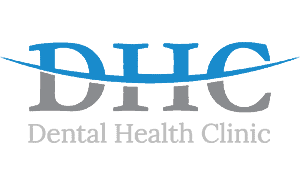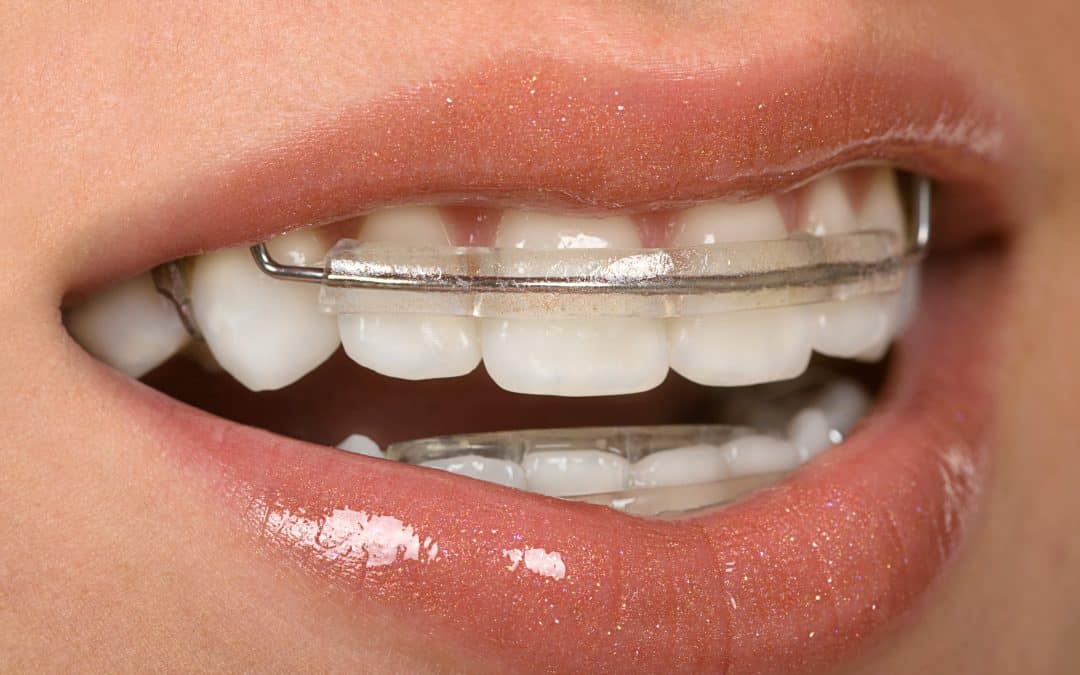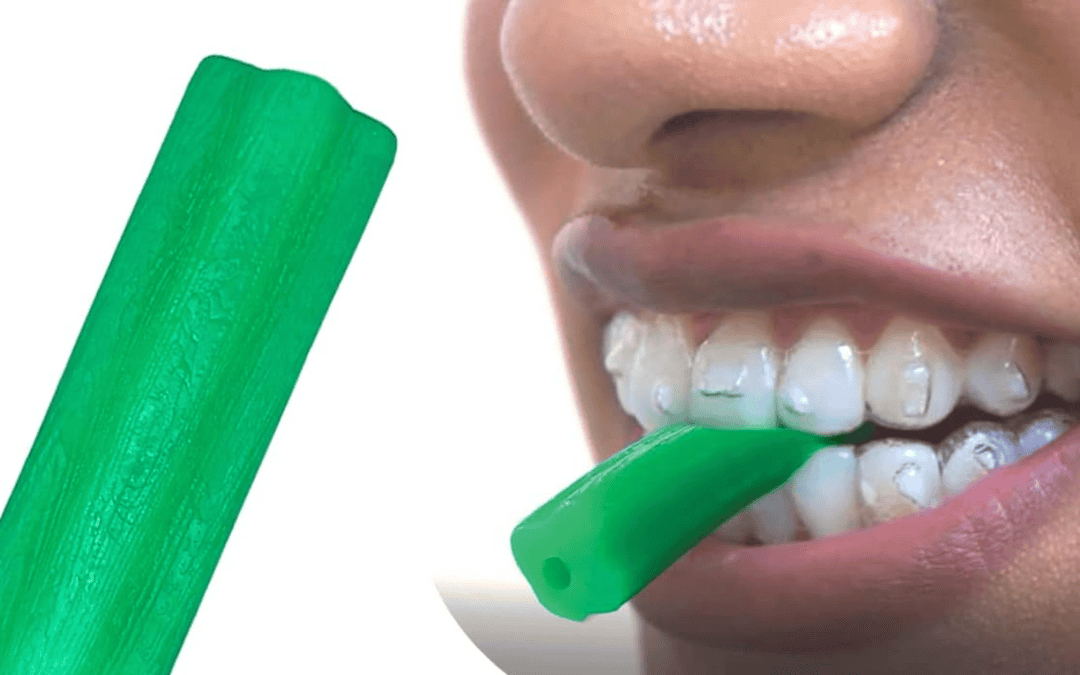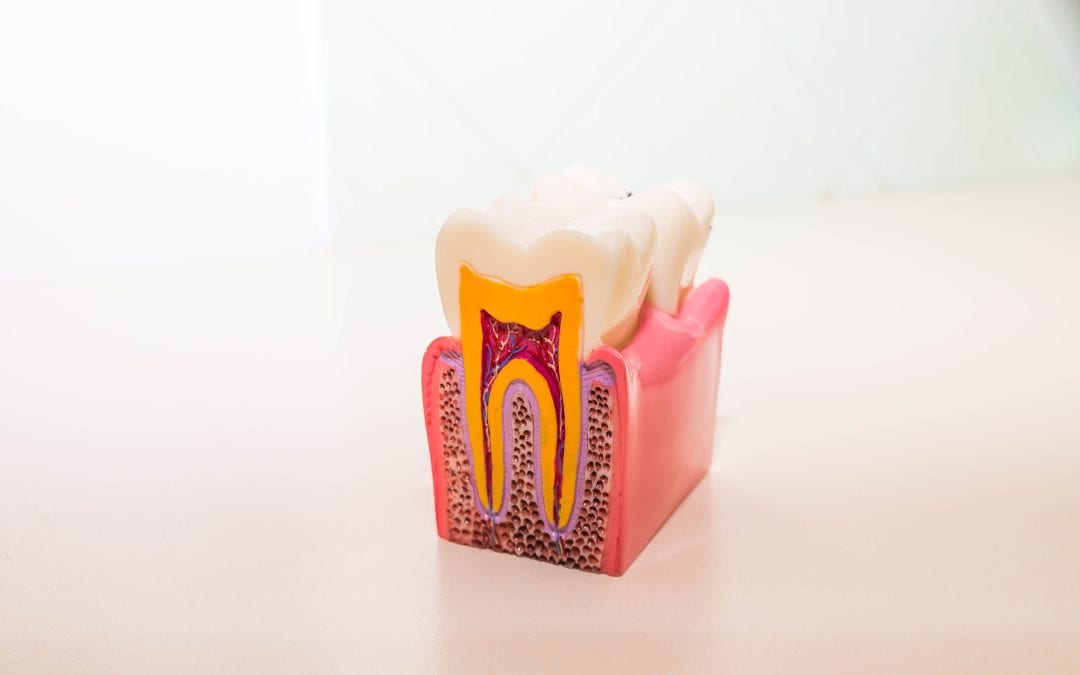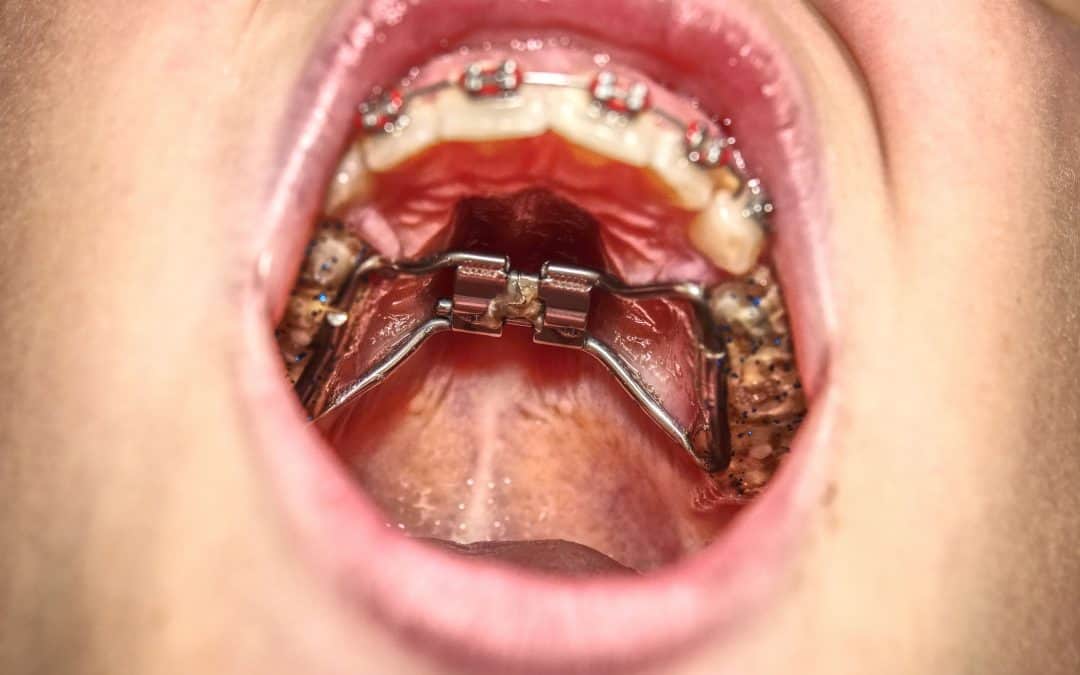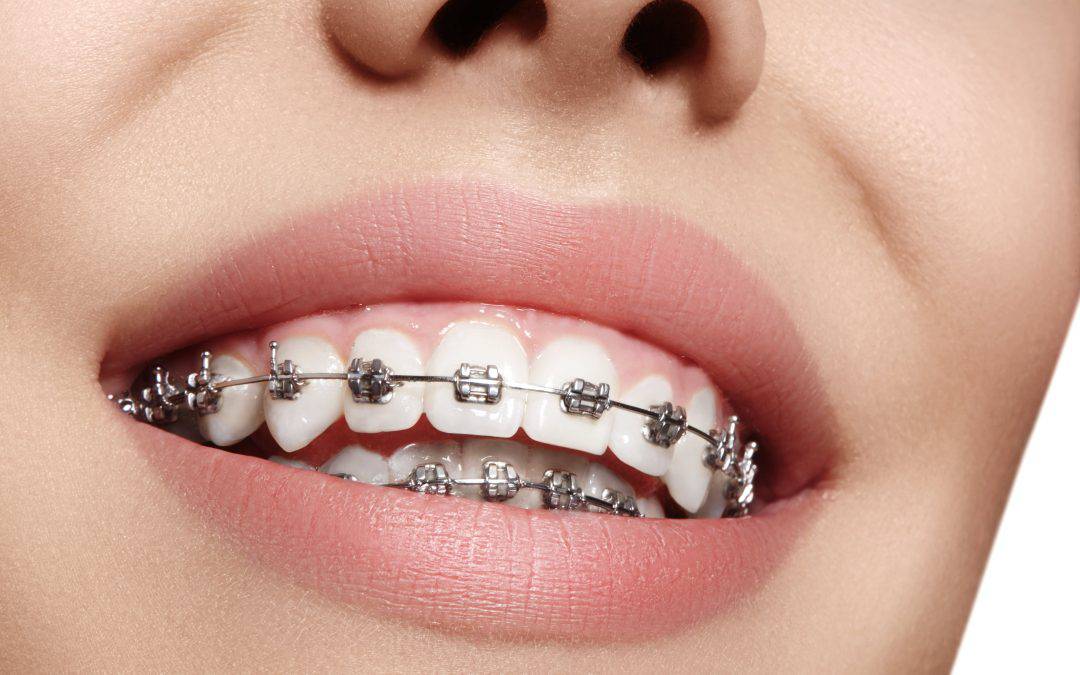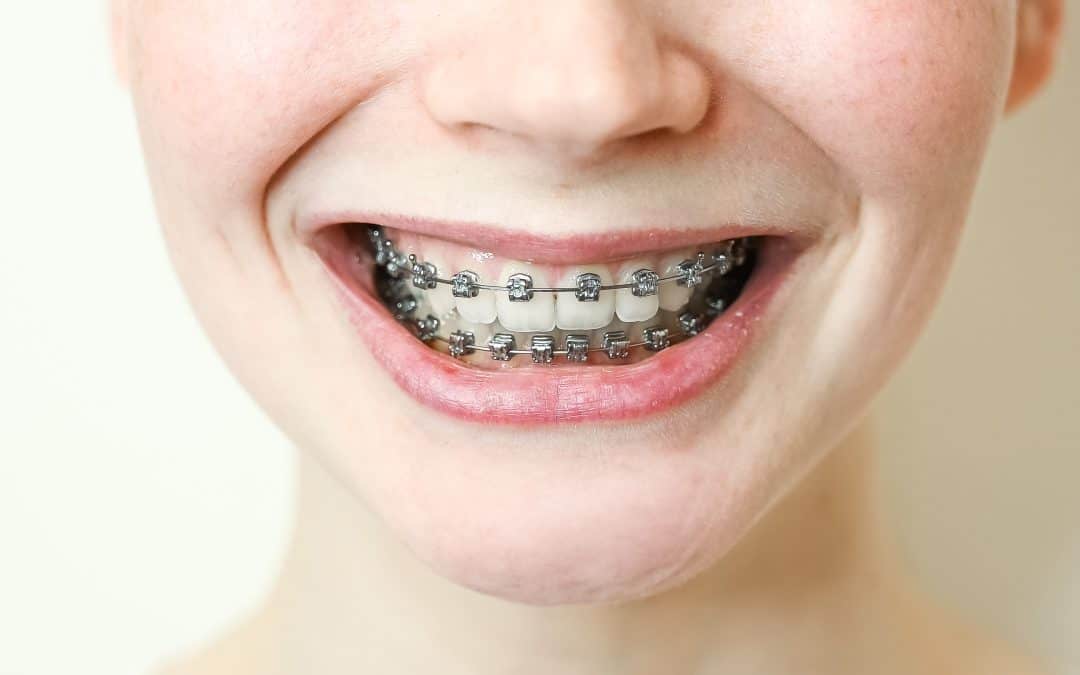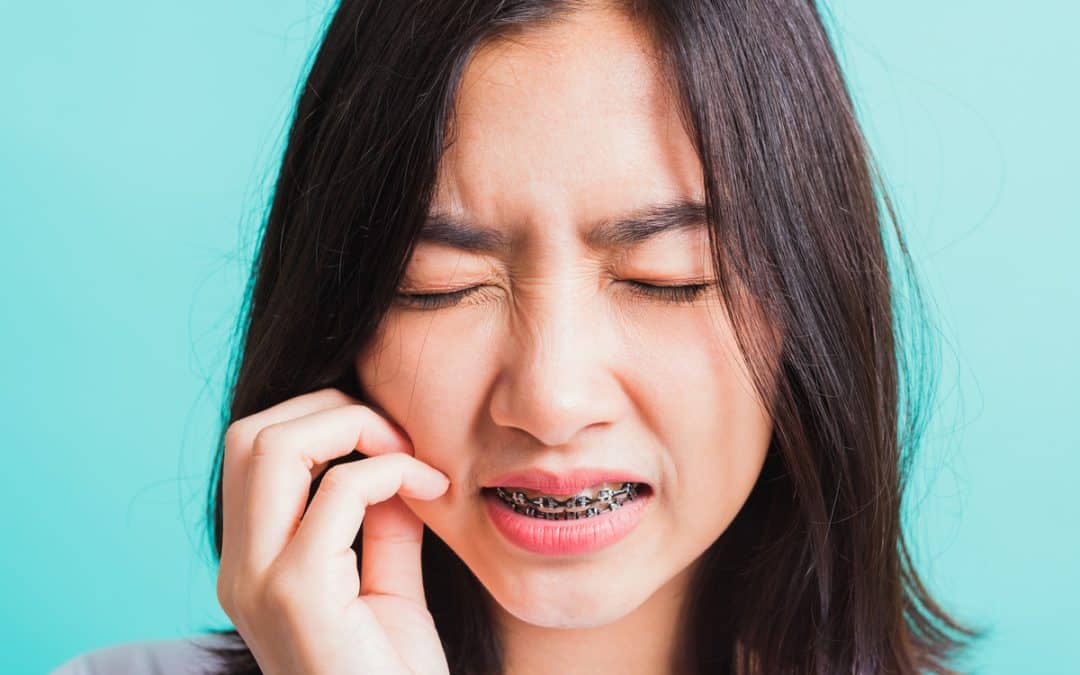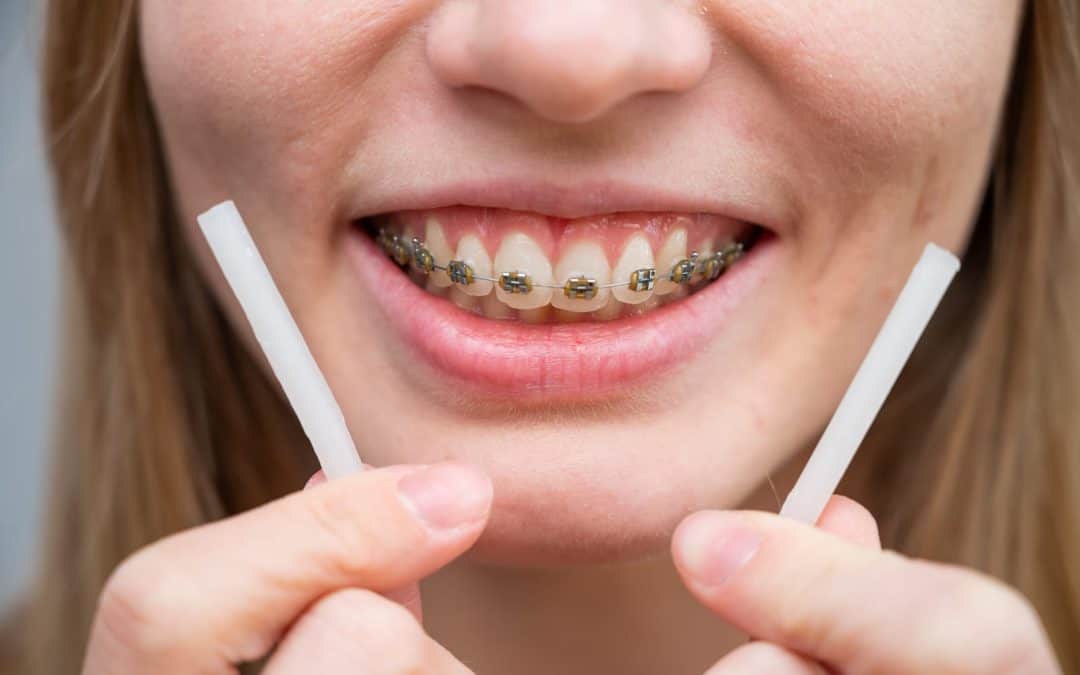Are you experiencing bleeding gums after brushing your teeth? It may seem harmless and common, but these irritating instances can be a symptom of more sinister underlying causes: gum diseases such as gingivitis and periodontitis.
The good news is, these symptoms are treatable and even reversible, if caught early! However, in order to treat bleeding gums, it is important to understand the reason this happens and how it is a symptom of gum disease.
Why Are my Gums Bleeding?
Bleeding gums and inflammation act as your body’s first line of defense against bacteria and gingivitis! What occurs over time is the initial build-up of food particles and bacteria which form into plaque. This can be removed with brushing and flossing, but it consistently returns as we eat and therefore, it is important that you are vigilant with your everyday oral care routine.
The hardening of plaque then leads to the formation of tartar and this cannot be removed by brushing and flossing alone. As the build-up worsens, the pockets underneath the gum line deepen and this is where bacteria continue to attack not only your gums, but also the bone which supports your teeth! This is also where gingivitis leads to periodontitis; the side effects of which include, gum recession, bone loss and eventually, loose teeth.
There are other causes which are less common but do include: bleeding gums as a side effect of certain medications, vitamin deficiencies and even pregnancy.
Side Effects of Bleeding Gums
Don’t ignore your body’s warning signs! Healthy gums are pale pink in colour and are snug and firm around your teeth. Anything else could mean an indication of developing gum disease, including:
- Puffy or swollen gums
- Gums that are tender to touch
- Purplish or bright red gums
- Receding gum line
- New spaces occurring between the teeth
- Pus formation between the gums and teeth
- Painful chewing
- Bad breath
- Loose teeth
What Can I do to Soothe Bleeding Gums?
Bleeding gums are a sign of damage being done to your gums over time. As such, there isn’t a quick fix to this issue; treating this symptom takes patience and perseverance in terms of visiting your dental hygienist and keeping up with a daily oral care routine.
Home Remedies for Temporary Relief
These treatments can be done at home, but it is very important to make an appointment with your dentist as soon as possible. They will be able to determine the cause and guide you with the next steps to avoid future complications.
Salt Water Rinse
In the meantime, you can encourage your gums to start to heal themselves by adding salt water rinses along with gently brushing your teeth, flossing and using mouthwash.
To create the rinse, just add ½ a teaspoon of salt to a cup of warm water. Swish the solution around your mouth for about 10 seconds before spitting it out. You can do this twice a day for a week alongside your regular routine. Do not continue this remedy for longer, as extended practice may actually wear away the enamel of your teeth due to the salt content!
Use a soft bristle brush
By using a toothbrush with softer bristles, you can reduce the amount of force being put on your gums while brushing and this can help your gums to heal faster. Remember not to brush with too much pressure and brushing away from the gums can also prevent injury and excessive bleeding.
Apply gauze
If you are having trouble getting the bleeding to subside, you can apply gauze to the area to soak up any blood and encourage clotting. Alternatively, you can slightly dampen the gauze with cold water or wrap an ice cube with it before applying the gauze in 10 minute intervals. This will assist with reducing any inflammation as well as pain relief.
Dental Hygiene Appointments
Most importantly, you should visit your local dental clinic in Etobicoke to schedule regular cleanings spaced 3 to 6 months apart. Your dental hygienist will use a series of special tools to remove any and all trapped debris and hardened plaque or tartar deep beneath the gum line.
Several appointments later and you will notice a significant change! Without any more build up present, the gums will start to push back up against your teeth, closing these deep pockets and preventing further complications in the future.
Laser Gum Treatment
For severe cases, you may consider Laser Gum Treatment as an option to go hand-in-hand with your cleaning appointments. During treatment, the dental hygienist will use a small laser to remove the infected tissue surrounding the teeth, exposing the deep pockets of tartar build up on the roots of the tooth. They then remove all traces of tartar and smooth out the area of the tooth to make sure that there are no textured surfaces where bacteria can cling to. Regular follow-up appointments are still necessary to ensure the gums are healing properly.
Interested in laser gum treatment? We’ve been treating periodontitis using laser therapy since 2003 and have been updating our methods with the latest technology ever since—with fantastic results for our patients! Our team at Dental Health Clinic are more than happy to meet with you to discuss your needs and potential treatment options. Call us at (416) 742-2300 to reserve your free consultation!
